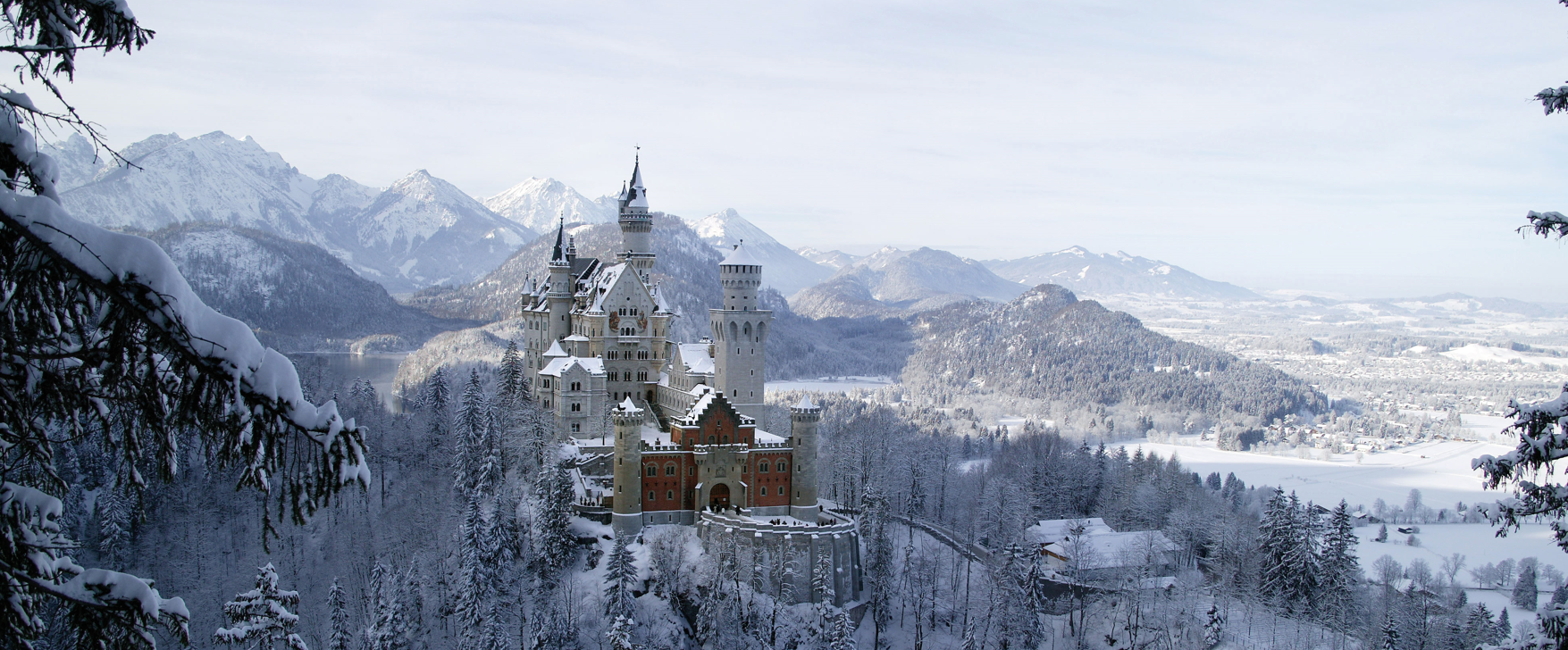The largest religious temples in the world are notable for their size, cultural significance, and architectural grandeur. Here are some of the most remarkable:
1. Angkor Wat (Cambodia)
- Religion: Hinduism (originally) and later Buddhism
- Size: 162.6 hectares (1,626,000 square feet)
- Significance: Angkor Wat is the largest religious monument in the world and a UNESCO World Heritage site. Originally built as a Hindu temple dedicated to the god Vishnu, it later became a Buddhist temple. The structure is famous for its intricate bas-reliefs and stunning architectural design.
2. Sri Ranganathaswamy Temple (India)
- Religion: Hinduism
- Size: 63 hectares (630,000 square feet)
- Significance: Located in Srirangam, Tamil Nadu, this temple is dedicated to Lord Ranganatha (a form of Vishnu). It is one of the largest functioning Hindu temples and is known for its grand scale, intricate architecture, and religious importance in South India.
3. The Temple of Karnak (Egypt)
- Religion: Ancient Egyptian Religion
- Size: 200 acres (810,000 square meters)
- Significance: The Karnak Temple complex is one of the largest and most impressive religious sites in the world. It is dedicated to the Theban Triad, particularly the god Amun-Ra. The complex contains temples, pylons, obelisks, and chapels, built over 2,000 years.
4. The Golden Temple (India)
- Religion: Sikhism
- Size: Approx. 4.5 acres (18,000 square meters)
- Significance: The Harmandir Sahib, also known as the Golden Temple, is located in Amritsar, Punjab. It is the holiest shrine in Sikhism and an architectural marvel with its gleaming golden exterior and spiritual significance.
5. The Wat Pho Temple (Thailand)
- Religion: Buddhism
- Size: 80,000 square meters
- Significance: Located in Bangkok, Wat Pho is famous for housing the large Reclining Buddha statue. It is one of Thailand’s largest and oldest temples and is an important center for Buddhist learning and massage.
6. Shwedagon Pagoda (Myanmar)
- Religion: Buddhism
- Size: 4.8 hectares (48,000 square meters)
- Significance: Situated in Yangon, Myanmar, the Shwedagon Pagoda is one of the most iconic Buddhist landmarks in the world. Its golden stupa, which towers over the surrounding area, is surrounded by many smaller shrines, stupas, and temples.
7. The Temple of Heaven (China)
- Religion: Taoism (historically, for rituals of prayer to the heavens)
- Size: 2.73 square kilometers (673 acres)
- Significance: Located in Beijing, the Temple of Heaven was used by Chinese emperors for annual ceremonies of prayer to ensure good harvests. It is an architectural masterpiece that blends religious symbolism with the natural world.
8. Borobudur (Indonesia)
- Religion: Buddhism
- Size: 2,500 square meters
- Significance: Borobudur, located in Central Java, is the world’s largest Buddhist temple. It is famous for its massive relief panels and stupas, each containing a statue of the Buddha. This UNESCO World Heritage site attracts pilgrims and tourists alike.
9. The Notre-Dame Cathedral (France)
- Religion: Christianity (Catholicism)
- Size: 5,500 square meters (59,000 square feet)
- Significance: While not a temple in the traditional sense, the Notre-Dame Cathedral in Paris is one of the largest and most iconic Christian religious sites in the world. Famous for its Gothic architecture, it has served as a central place of worship for centuries.
10. The Basilica of Our Lady of Peace (Ivory Coast)
- Religion: Christianity (Catholicism)
- Size: 30,000 square meters (323,000 square feet)
- Significance: Located in Yamoussoukro, this is one of the largest churches in the world and is modeled after St. Peter’s Basilica in Vatican City. It was built as a place of peace and unity for the country.
These temples stand as magnificent testaments to religious devotion, architectural brilliance, and cultural heritage, attracting millions of visitors and pilgrims each year.
 (2) (2).png)


.png)





 English (US) ·
English (US) ·